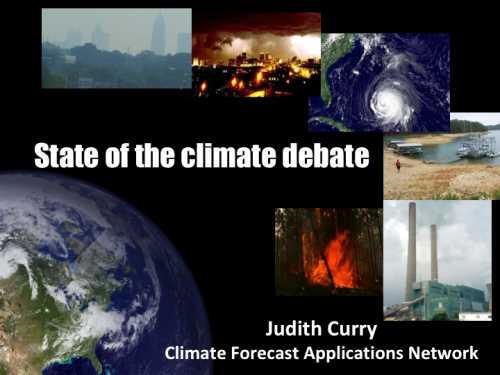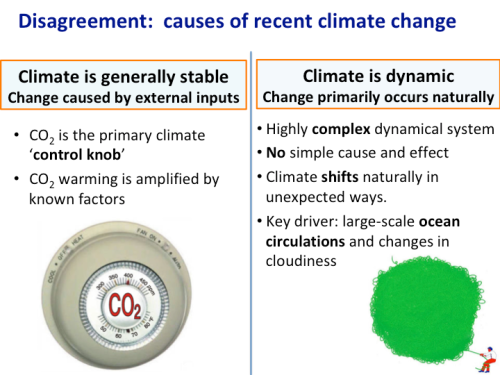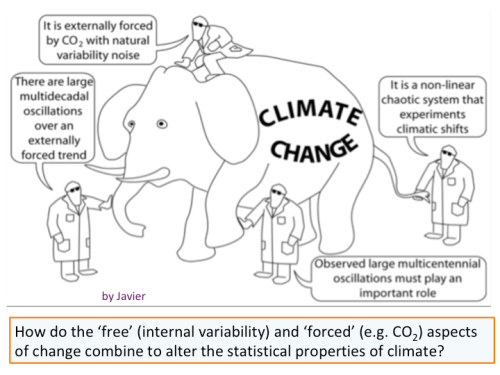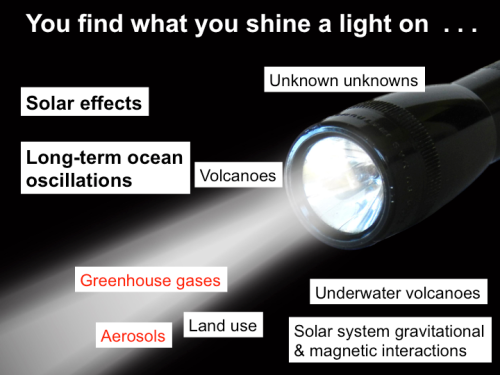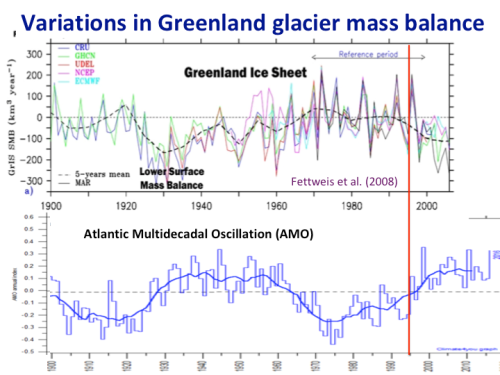 |
| Scary Climate Campfire Stories |
Several politicians and a few scientists tell us we are facing a climate crisis. They warn if we do not act now, we’ll leave our children an uninhabitable world. Naturally nobody wants that. But throughout history, the public has been bamboozled by various “end of the world” stories. I’m reminded of the Heaven’s Gate Cult. Highly educated members were conned into believing a spaceship, hiding behind the approaching Hale-Bopp comet, was coming to save them from our deteriorating world. On March 26, 1997, 39 followers committed mass suicide. Its disturbing how easily end of the world fears override basic critical thinking.
My whole professional career I’ve advocated for wise environmental stewardship. My research in the Sierra Nevada restored a watershed and increased wildlife. I’ve warned that landscape abuse destroys ecosystems. I’ve pointed out how over-hunting and invasive organisms endanger species. I’ve noted island extinctions occurred when humans imported rats, cats and mosquitoes that attacked ill-prepared native species. But, in contrast to abundant media hype, I have yet to verify a single climate-change induced extinction.
Understandably, to most people, a one degree change in global temperature over the past 150 years, does not seem fatal. I studied micro-climates. Over a distance of a few hundred feet from bare ground to forest shade, summer temperatures will vary by over 20 degrees. We endure a greater temperature change between night and day. Still some scientists and politicians push a narrative that just a one-degree change in global temperature over a period of 100 years has been deadly. But what’s their evidence?
The first highly publicized climate “tragedy” was Camille Parmesan’s claim that global warming had caused population extinctions that pushed California’s Checkerspot butterfly’s range northward and upward. Such a catastrophic assertion attracted the Intergovernmental Panel on Climate Change (IPCC). So, Parmesan became one of just 4 biologists on the IPCC in 2001. The Union of Concerned Scientists’ website also hyped Parmesan as a climate change heroine! In contrast, every other butterfly researcher argued it was California’s growing sprawl and resulting landscape changes that decimated the Checkerspot’s prime habitat.
Hoping to separate landscape changes from climate change, I tried to replicate Parmesan’s iconic study. But she never published her data. In a gross violation of scientific process, she refused to share her data. We battled, but it was finally admitted many populations that she had claimed had been extirpated by climate change, were now thriving. Unfortunately, such good news was never publicized. That was my first taste of dishonest climate fear-mongering.
In 2010 so-called experts suggested polar bear populations were declining. They claimed global warming would extirpate two thirds of all polar bears by 2050. But today no populations are in decline. Basic biology argues less sea ice allows more photosynthesis which increases plankton abundance. More plankton support more fish and seals, which in turn feed more polar bears. Like the Inuit who steadfastly claim it is the “time of the most polar bears”, my 2012 analyses found polar bear populations were increasing. Accordingly, the global population has now increased from about 25,000 to 30,000 and researchers from Norwayto Alaska are reporting very fat polar bears.
 |
| Fat Polar Bears |
In Antarctica, a few scientists hyped penguins were “marching to extinction.” In 2009 both Emperor and Adelie penguins were considered healthy and “species of least concern”. Oddly, despite larger populations, both species were downgraded in 2012 to “near threatened” based only on climate change predictions. Nonetheless with the discovery of new colonies and the robust growth of known colonies, Adelie penguin abundance increased from 4 million to 8 million. Perhaps climate change benefitted Adelie penguins? So, in 2016 experts reverted their status back to “species of least concern”.
Elsewhere a few scientists argued global warming was pushing adorable rabbit-like pikas off mountain tops into extinction throughout the western USA. Instead, further research proved pikas are actually expanding into lower and warmer elevations.
In 2008 climate scientists claimed children would no longer know what snow is. Yet in 2019 snowfall from Hawaii to Wisconsin has been breaking records. Inconsistent with global warming theory, in the northern hemisphere, winter and autumn snow cover has increased. Only spring-time snow cover has decreased.
For several decades, bogus catastrophic climate-change claims have come and gone. Claiming the world is destined for climate hell in 12 years is just another scary campfire story. In contrast, scientists are observing that rising CO2has a fertilization effect promoting a greening of our planet! If we truly care about nature, rising CO2is not the problem. There are far more important problems to address! Detrimental changes to our ecosystems are driven by overhunting, invasive species and loss of habitat.
Jim Steele authored Landscapes and Cycles: An Environmentalist’s Journey to Climate Skepticism
Contact: naturalclimatechange@earthlink.net







